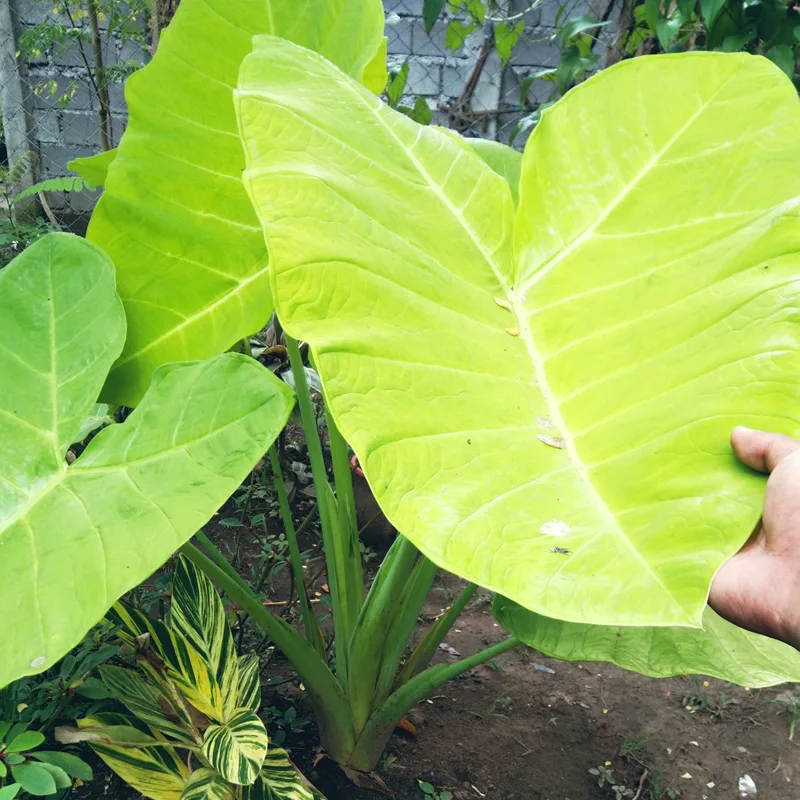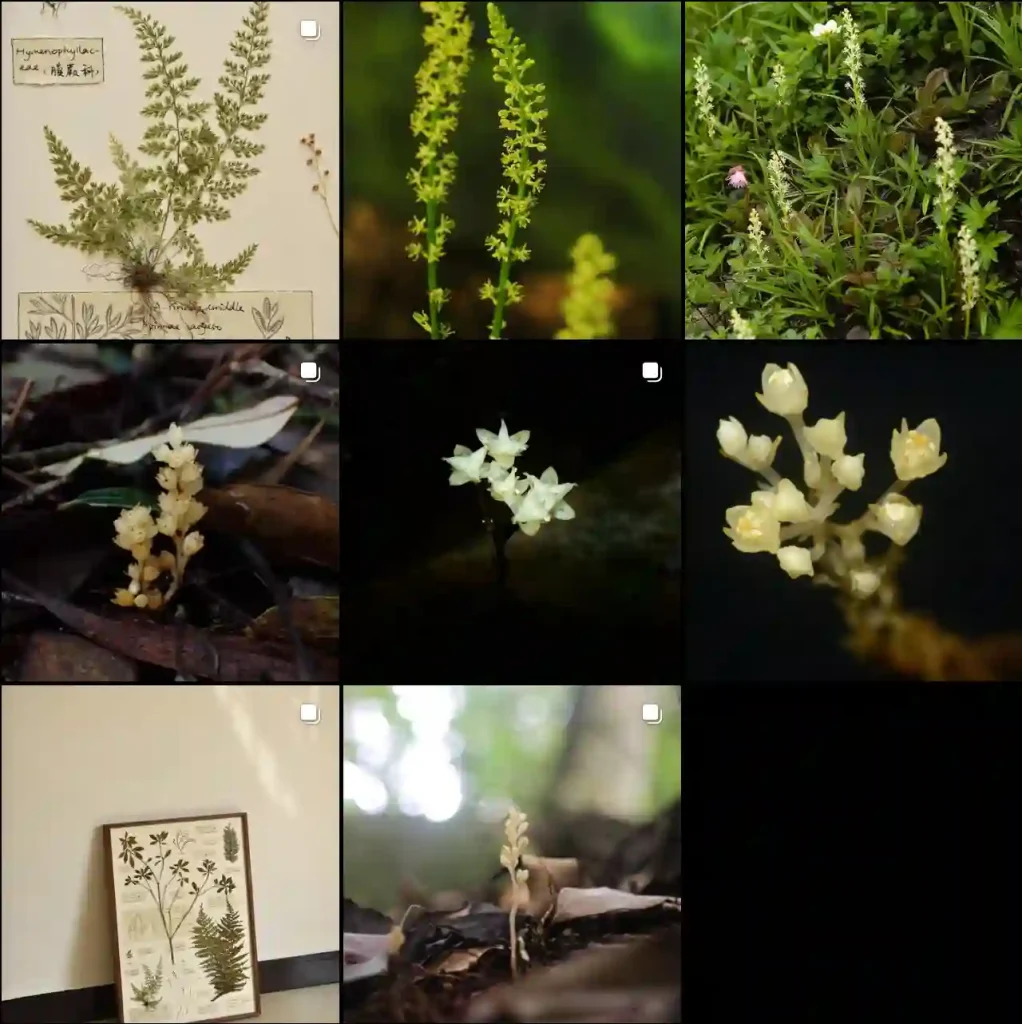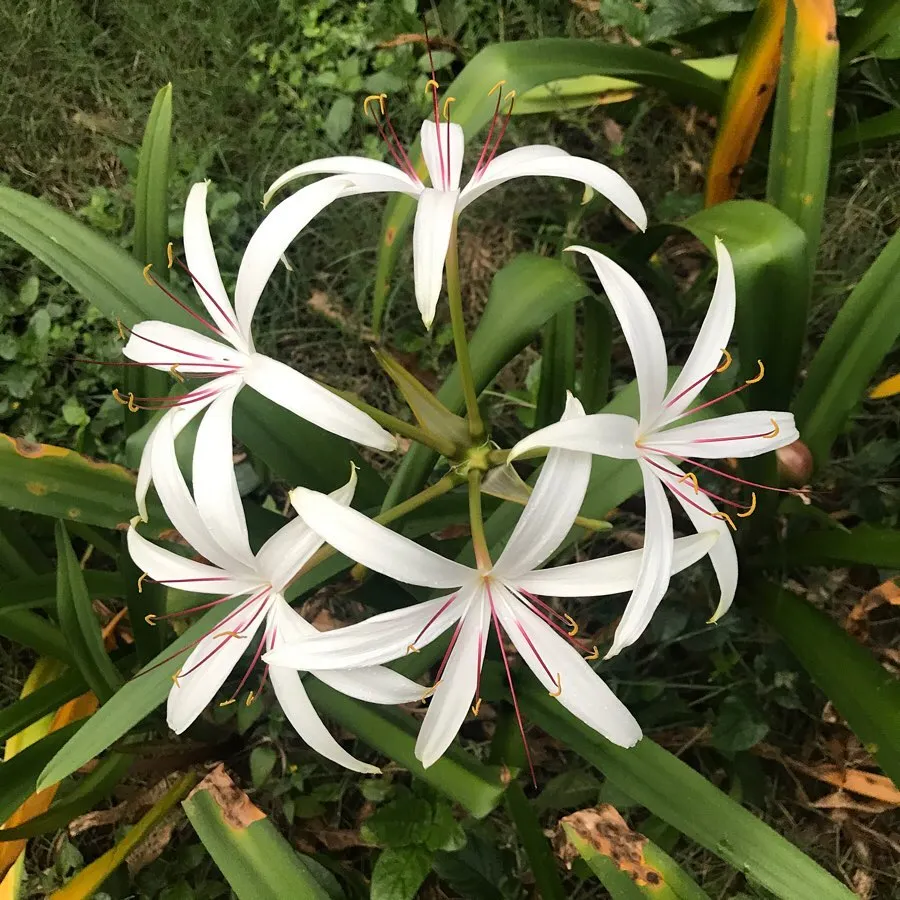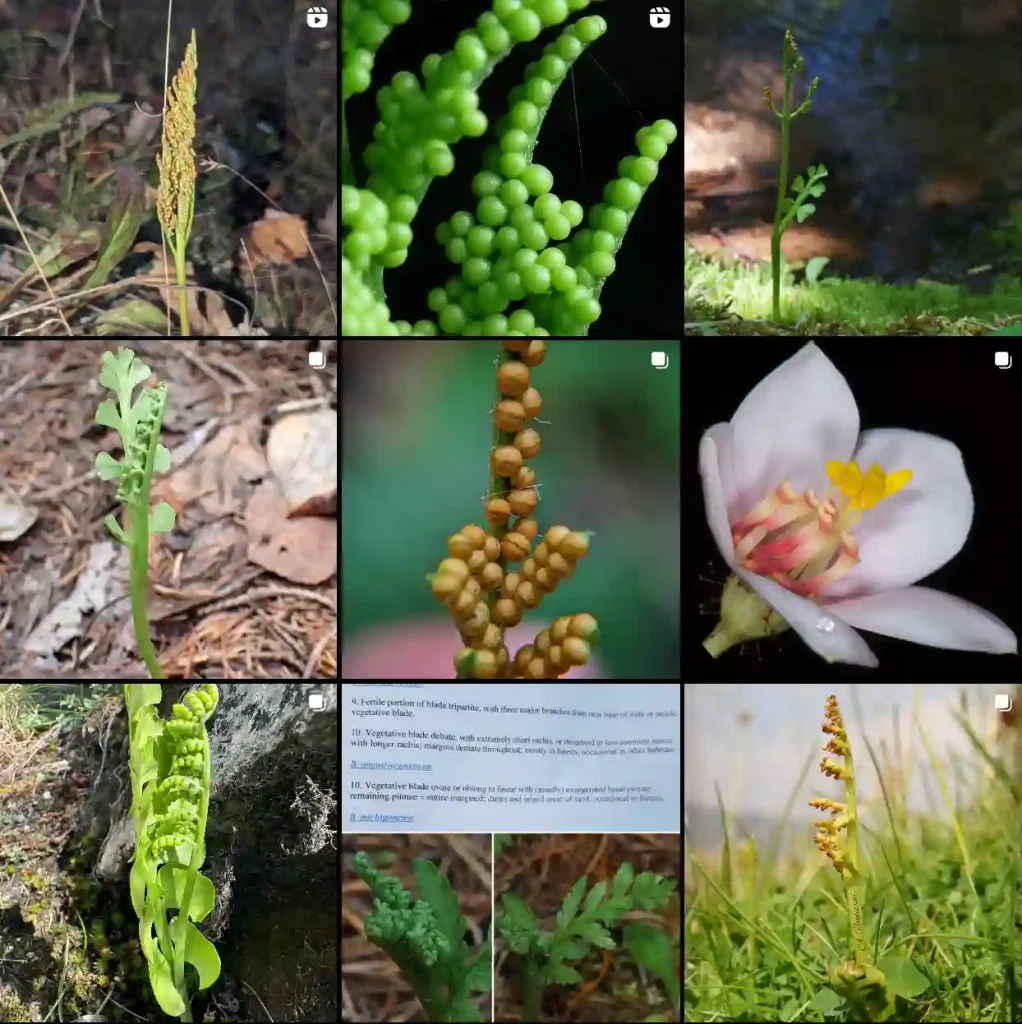The Enchanting World of Proboscidea: Devil’s Claws and Unicorn Plants
As a plant enthusiast, I, Ferb Vu, am always captivated by the unique and diverse flora our planet offers. Among my favorites is the genus Proboscidea, more commonly known as Devil’s Claw or Unicorn Plant. These fascinating plants, belonging to the Martyniaceae family, are renowned for their unusual seed pods, which lend them their peculiar names.
A Curious Morphology
Proboscidea plants are typically annuals, although some can be perennials in warmer climates. They are characterized by their sticky, glandular hairs that cover their stems and leaves. These hairs often trap small insects, leading some to believe the plants are carnivorous, although they do not derive nutrition from their prey.
The most striking feature of Proboscidea is undoubtedly its fruit. Initially, it appears as a green, fleshy capsule, but as it matures, it dries and hardens, splitting along one seam to reveal a pair of elongated, woody claws. These claws, often exceeding 10 centimeters in length, are responsible for the common name “Devil’s Claw.” The hooked tips of these claws readily attach to animal fur, aiding in seed dispersal. This ingenious mechanism ensures the plant’s propagation across considerable distances.
A Diverse Genus
The genus Proboscidea encompasses several species, each with its own unique characteristics:
- Proboscidea althaeifolia (Desert Elephant’s Ear) is a large, robust plant native to the southwestern United States and northern Mexico. Known for its striking, large, heart-shaped leaves and yellowish-green flowers, it thrives in arid desert landscapes. This species is a perennial that can grow up to 5 feet tall and is often found in sandy, well-drained soils, making it highly drought-tolerant once established.
- Proboscidea diversifolia (Wideleaf Devil’s Claw) is a flowering plant found in the southwestern United States, typically in areas with sandy or rocky soil. It features large, wide leaves and clusters of pale yellow flowers. The plant is especially noted for its long, curved seed pods, which are often used by Native Americans for crafting. It grows well in dry conditions and is highly adapted to desert climates.
- Proboscidea louisianica (Louisiana Devil’s Claw) is a native plant species of the southeastern United States, often found in wetlands and riverbanks. This species is characterized by its pale yellow flowers and large, distinctive, hook-shaped seed pods. Its habitat is typically moist, and it thrives in areas with heavy rainfall and is more tolerant of water than its desert-dwelling relatives.
- Proboscidea parviflora (Small-flowered Devil’s Claw) is a smaller, more delicate species of devil’s claw that typically grows in the southwestern United States. With its distinctive small, light yellow flowers, it thrives in arid and sandy environments. This species is often used in traditional herbal medicine due to its reputed medicinal properties.
- Proboscidea sabulosa (Sand Devil’s Claw) is a lesser-known species that inhabits sandy soils in the southwestern United States. It has narrow leaves and produces yellow to purple flowers, followed by the characteristic twisted seed pods. This species prefers well-drained sandy soil and is drought-tolerant, much like other members of the genus.
- Proboscidea spicata (Spicate Devil’s Claw) is another southwestern species that thrives in dry, sandy soils and is known for its showy, spicate clusters of flowers. The plant grows well in arid regions and is easily recognized by its spiky seed pods. Like other devil’s claws, it has a history of use in traditional medicine.
- Proboscidea triloba (Three-lobed Devil’s Claw) is found primarily in the southwestern United States and is distinguished by its unique three-lobed leaves. It produces large, yellowish flowers that bloom in summer, followed by its characteristic long seed pods. This species is well-suited to arid environments and is often seen in desert scrub and rocky, well-drained soil.
Ethnobotanical Significance
Proboscidea has a long history of use by indigenous peoples of North America. The young fruits are edible and were consumed as a vegetable, while the mature claws were employed for a variety of purposes, including basketry, weaving, and as tools. The black dye obtained from the pods was also used for ceremonial purposes.
Cultivating Proboscidea
Growing Proboscidea can be a rewarding experience, especially for those intrigued by unusual plants. They thrive in full sun and well-drained soil. Seeds can be sown directly outdoors after the last frost or started indoors a few weeks earlier. Once established, these plants are relatively low-maintenance and drought-tolerant.
Conservation Status
While most Proboscidea species are not currently considered threatened, habitat loss and degradation pose a potential risk to their populations. It is essential to appreciate and conserve these unique plants to ensure their continued existence for future generations.
Conclusion
The genus Proboscidea offers a glimpse into the remarkable diversity of the plant kingdom. Its unusual morphology, fascinating adaptations, and ethnobotanical significance make it a truly captivating subject. By cultivating and appreciating these plants, we can contribute to their conservation and ensure that their unique beauty continues to inspire awe and wonder.



